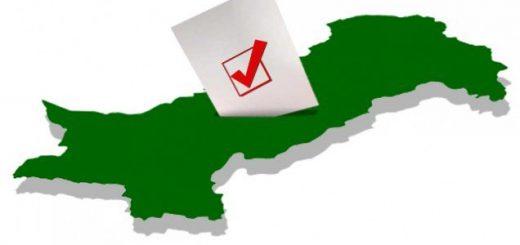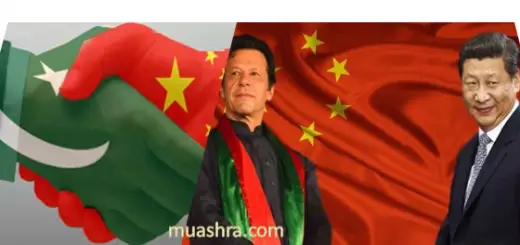War of independence 1857
War of independence 1857 is a remarkable event in the history of sub-continent. It was initiated to get rid of the British domination. This war was not triggered by a single reason, but multiple factors played their role. Although, it was unsuccessful but left great memories.
Causes of the War
There were social, political, economic, religious, and military causes of this war of independence.
Social
- One of the top causes was the sense of superiority among British. They considered themselves superior to Indians. British and Indians were not socially equal.
- With the passage of time, British stationed in India started acting like true colonialists. Their sense of superiority forced them to do make themselves realize as the superiors and the Indians were like inferior.
Political
- Doctrines of lapse created discontent among Indians. The local Indian leaders saw themselves in decline as the British made the rule that the company could take over the kingdoms that did not have a direct male heir. East India Company was successful to annex some states like Awadh using this doctrine.
- Lord Dalhousie moved the royal family from Delhi to Qutb Shah.
- The British replaced Persian with English as the official language.
Economic
- British imposed high taxes and the local landowners and peasants were unable to pay those taxes. Alongside the hefty taxes, tax collectors were also corrupt who kept the money for themselves.
- Another reason was that the British filled the Indian market with cheap mass-produced goods. Eventually, many Indians were unable to sell their goods that lead to increases in poverty.
Religious
- Christian missionaries started using their mission and promoting Christianity under the umbrella of the British government.
- Introduction of some social laws also added fuel to the fire. British banned the practice of Satti (A Hindu practice of burning the widow with her dead husband). It created discontent among Hindus.
Military
- Top positions in the army were kept by British as they considered Indians inferior. Salaries of local soldiers were also low which increased their resentment.
- Bengal army was not happy with British and their unhappiness played a major role in the war.
Events of the War
Meerut
In Meerut, a large number of British and Indian sepoys were stationed along with 12 British manned guns. The Meerut station held one of the largest concentrations of British troops.
In the month of May 1857, 85 of the ninety Indian soldiers refused to accept their cartridges. They were later court-martialled and most were sentenced to 10 years imprisonment with hard labor. Their uniforms were stripped off their in front of the large number Indian crowd. It was a disgraced moment that sent a wave of indignation. On 10th May 1857 open revolt broke out led by 3rd Cavalry. Indian soldiers released their companions from jail and killed a few European officers. While in Bazaar, crowds attacked off-duty soldiers there.
Delhi
On 11th May 1857, mutineers reached to Delhi from Meerut. They foiled the British resistance by officers stationed there. Bahadur Shah Zafar was proclaimed the king of India. The company forces sieged the Delhi that lasted from 1 July to 21 September. At first, it seemed that siege will not be successful, but the reinforcements under the command of General John Nicholson. The British were able to recapture the city. Bahadur Shah Zafar was captured. His two sons and a grandson were shot dead. He was sent to Rangoon where he died in 1862.
Kanpur
The revolution was led by Nana Sahib at Kanpur. He was also a victim of the doctrine of the lapse. General Havelock defeated Nana Sahib Forces and captured Kanpur in June. With the help of Tantia Tope, Nana Sahib took Kanpur back. However, British defeated Nana Sahib again and retook Kanpur in December 1857.
Lucknow
Nawab Wajid Ali Shah led the struggle for independence in Liuchow. Awdh was annexed barely a year before. Mutineers killed many British soldiers including The Chief Commissioner, Sir Henry Lawrence. The British forces under the command of Sir Colin Campbell and aided by Nepalese contingent retook the city after a fierce battle.
Jhansi and Gwalior
Jhansi was a princely state. When the Raja died without any male heir it was annexed to British under the doctrine of Lapse. Rani Lakhsmi Bai protested against the rights not given to their adopted son. As the war broke out, Jhansi became a center of attention. She created problems for British and even lead the defense of Jhansi against Jhansi neighboring Rajas. However, British under the command of Sir Hugh Rose captured the city in March 1858. Rani fled in disguise. She with some Maratha rebels captured the fortress city of Gwalior from Scindia rulers. Company forces acted quickly and recaptured the city in the next three days. The Rani died on the second day of the battle and a chapter of valor of bravery was closed.
Bihar
The mutiny was led by an 80-year-old Zamindar Kunwar Singh of Jagdispur. Despite his age, he played a prominent role in the revolt. He left the Jagdispur as the British forces defeated his forces.
Causes of the Failure
Here are the major causes of the failure of war of independence.
- Sudden start of the war was a major reason behind the failure. It started without any planning or preparation. There was also a lack of communication and coordination among various groups of rebels. It became easier for the British to defeat individual groups one by one.
- Lack of leadership was another major cause of failure. They chose Bahadur Shah Zafar as the king who was very old.
- English forces were more advanced than the rebellion groups. Their communication system was faster as compared to the locals.
- Internal conflicts were another major reason behind the failure of war of independence. Especially the Sikhs made an alliance with the British and fought grudgingly against Muslims. British were able to find many companions in the opposite camp.
- National Epilepsy Day 2023:Common Signs And Symptoms - November 17, 2023
- Top 10 Cosmetic Packaging Designers in the USA - April 12, 2023
- Luxury Website Designers: The Ultimate Guide to Creating a High-End Website - April 10, 2023


